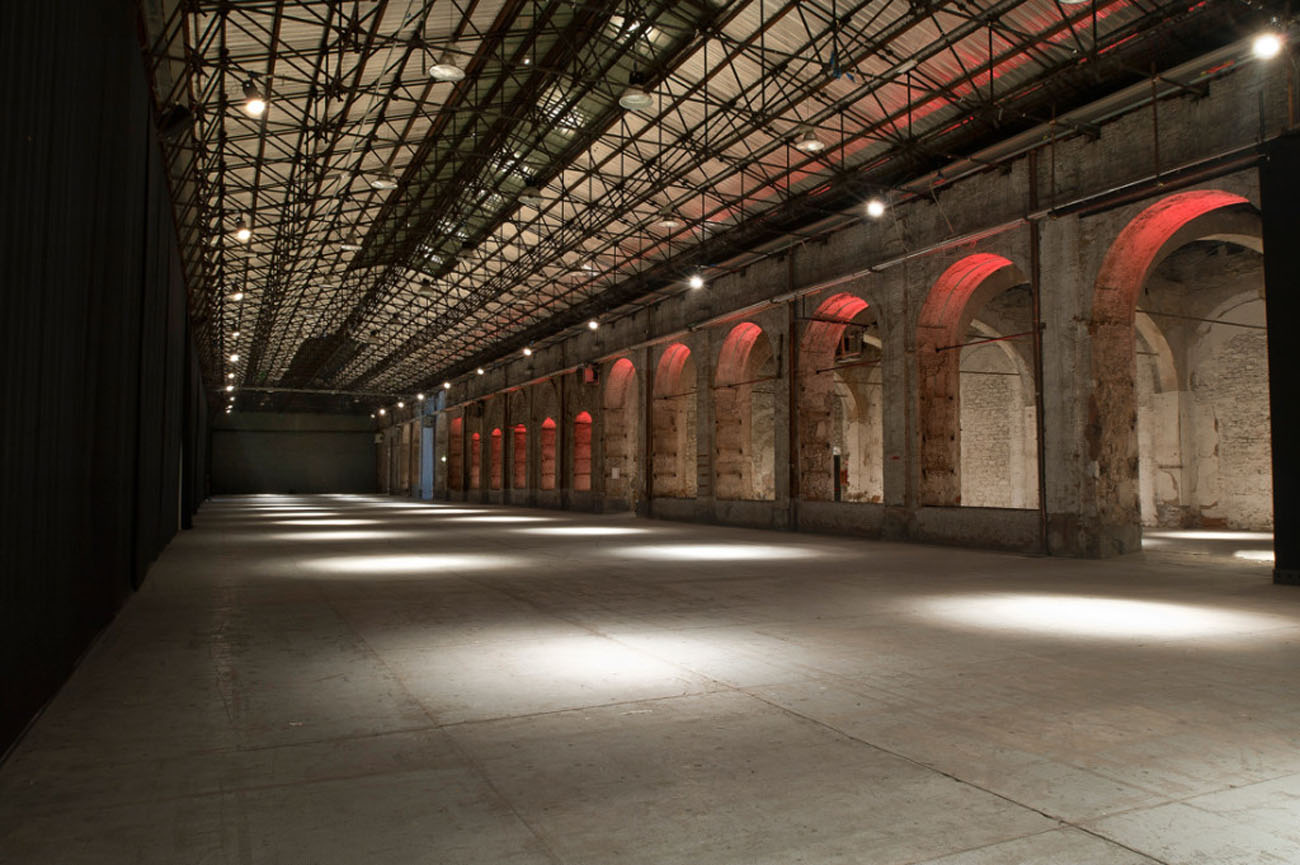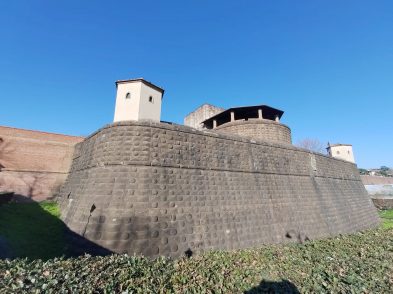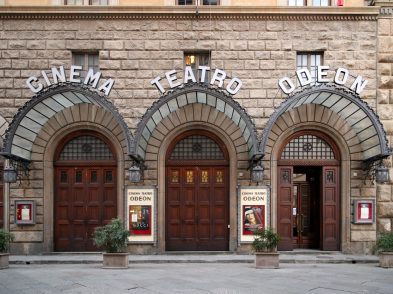On September 15, 1861, the king of the newly unified Italy Vittorio Emanuele II inaugurated the first Italian National Exhibition of Agricultural and Industrial Products and Fine Arts in Florence at the Leopolda railway station at Porta al Prato. Construction of that station named after Grand Duke Leopoldo II had lasted from 1841 to 1848 when the train line linking Florence to Pisa and the port of Livorno was opened. Designed by architect Enrico Presenti, the neoclassical building featured a large central core designated for arrivals and departures as well as two side buildings used for offices and services. However, in 1860, the station was closed to rail traffic as its role was taken over by the Maria Antonia station (today’s Santa Maria Novella station), named for the Grand Duke’s wife and also planned by Enrico Presenti. Although the project had started later, it opened prior to the Leopolda station, connecting Florence to Pistoia and Lucca, and proving more central and easier for passengers and merchandise to access.
Following the incredible success of the 1851 World Fair held at the Crystal Palace in London, which hosted over six million visitors, and the 1855 Paris International Exhibition welcoming over five million, the newly unified Italy was eager to show its prowess to producers and consumers, not only for fostering unity within the country itself now that customs barriers had been torn down between regions, but also externally to the world. In fact, the general report on the exhibition presented in 1867 clearly stated that “the Italian Exhibition of Florence could not and cannot only be considered some solemn industrial and artistic occasion; it was … a wisely political act aimed at demonstrating to other nations how Italy has not ceased to be a great promoter of all manner of social benefits and advantages and how, right from the beginning of its unification, it could indeed aspire to the peaceful glories of modern civilisation and reproduce in the world and not debase the ancient civilisation of which it was the leader to all people”.

Initially after its closure uncertainty surrounded the future use of the Leopolda station until the members of the exhibition commission, strongly supported by the Turin politician and later three times minister of finance Quintino Sella (1827–84), opted for this location due to its proximity to the pleasant surroundings and walks of the nearby Cascine park. The architect-director of the royal buildings Giuseppe Martelli assisted by an engineer and by Enrico Presenti was commissioned to adapt the site. With more than 1,300 labourers working on the job, it took only 70 days to transform the smoke-blacked building into a series of elegant galleries. Covering approximately 112,000 square meters, there were 77 rooms including amenities such as a post office, money changers, newsagent and tobacconist, as well as a pub, restaurant and gardens. There were dedicated halls, stables, greenhouses and aviaries to accommodate the exhibits, many constructed in wood, iron or glass readily able to be dismantled when the fair ended in two months’ time. An estimated 8,533 exhibitors divided into 24 categories attended the show with more than 2,500 products and new inventions on offer.
Agriculture was an important theme with, for example, the presentation of a new type of plough patented by Cosimo Ridolfi, the politician-agronomist who was also the chairman of the Florentine exhibition commission. Foodstuffs were also displayed and awarded prizes, among them Tuscan olive oil and the panforte cakes made in Siena by the Parenti and Sapori companies.
New technological and mechanical discoveries also featured, including Nicolò Barsanti and Felice Matteucci’s internal combustion engine, built at the Pignone foundry; the physicist, inventor and priest Giovanni Casselli’s pantelegraph, a forerunner of the modern fax machine; and artillery officer Giovanni Cavalli’s breech-loading cannon.
Other important names from Florence were also present like the Alinari brothers, founders of the photographic studio of the same name; the Doccia porcelain manufactory (now Richard Ginori); the Felice Le Monnier publishing house; the Pignone foundry; and the fledging, recently established Galileo Workshops.
In the Fine Arts section, paintings, sculptures and photographs were exhibited. Sculptors Lorenzo Bartolini and Giovanni Duprè were represented in addition to painters like Stefano Ussi, Luigi Mussini and Bernardo Celentano. The exhibition also offered the first official outing of painters from the Macchiaioli school of the calibre of Vincenzo Cabianca, Nino Costa, Telemaco Signorini and Giovanni Fattori. Nonetheless, their paintings failed to cause a stir among the public who preferred those of more traditional artists.
In excess of 136,000 people visited the exhibition until its conclusion on November 15, 1861. Since that day, it has taken the Leopolda station over a century and a half to return to its stature as a high-level cultural and exhibition centre.







